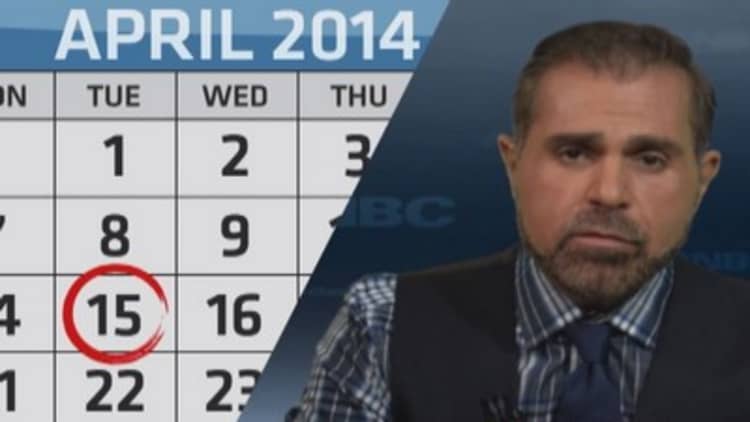
Unforeseen circumstances can arise, prohibiting you from getting your taxes done by the April 15 tax deadline. Don't stress. The IRS will allow you more time—actually, up to six months. To extend past tax day, you will need to fill out Form 4868 by April 15.
Once you fill out your 4868 Form, there are three actions that you can take:
1. File electronically using a debit or credit card.
2. E-file using your bank routing number.
3. File via the mail (postmarked April 15) using a personal check or money order.
Remember, an extension is only good for your tax return, not for your payment. You will still need to pay on April 15, even if you are not filing your return at that time. An estimated payment is acceptable. And rest assured, filing for an extension does not make you a target of an audit. Be aware, however, if you do nothing (no payment or no file extension) you may own IRS penalties and interest.
Visit IRS.gov for more information on the automatic extension process and to obtain a copy of the Form 4868.




